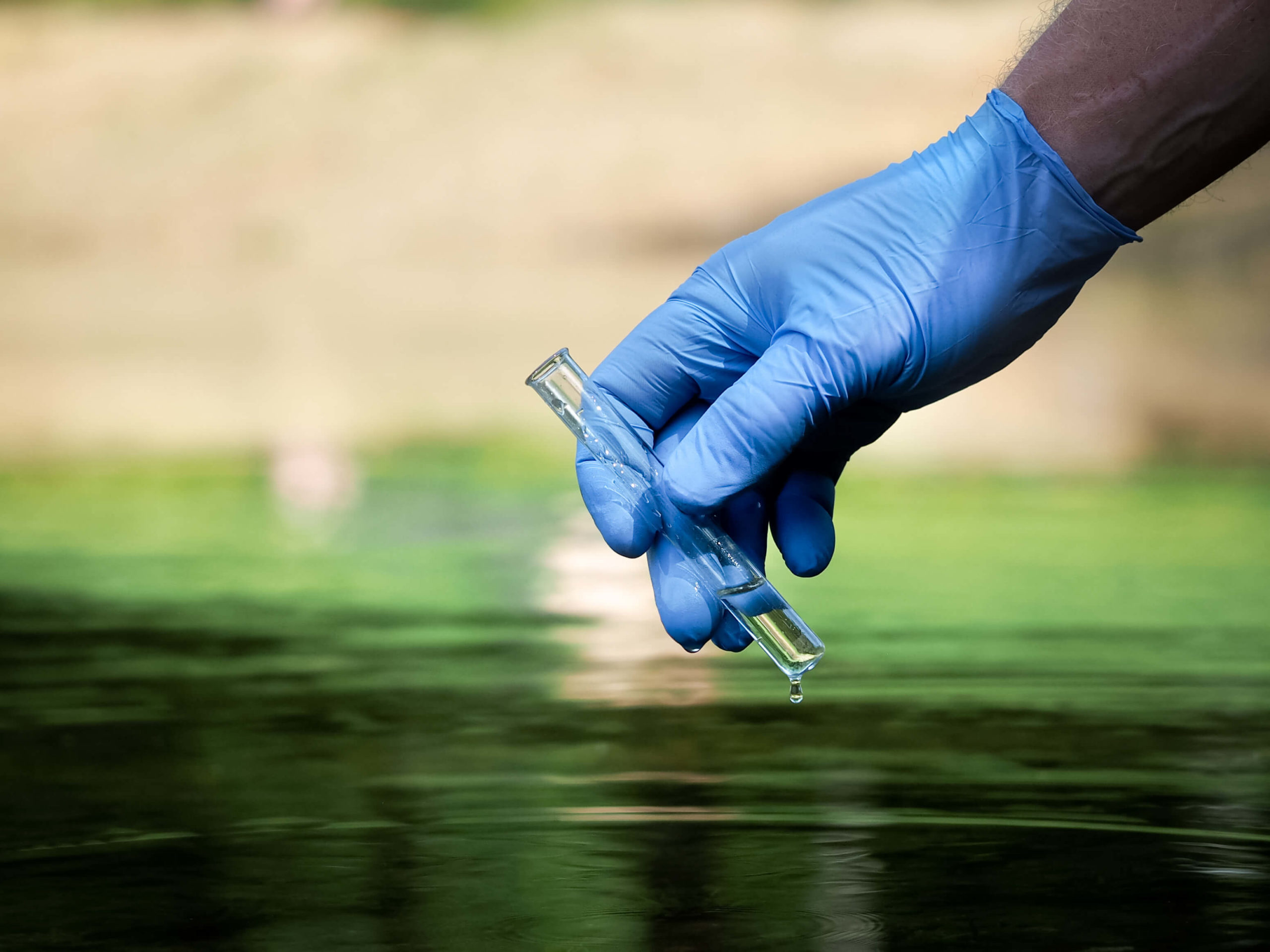Drinking Water Turbidity. there are many sources of turbidity in drinking water; drinking water turbidity and health joel schwartz and ronnie levin last year, we published a study showing an association between daily measures of drinking water. turbidity is a water quality term that refers to the cloudy appearance of water, caused by particles or “suspended matter ”. according to these regulations, the turbidity of drinking water should not exceed 1 nephelometric turbidity unit (ntu), with a minimum requirement of less than. Today’s process is similar in that it relies on.

Other potential risks to water resources. for drinking water according to is 10500 : 7 key considerations turbidity, as a measure of cloudiness or haze in water, has many useful applications for industrial processes,. Drinking Water Turbidity This is especially problematic for immunocompromised people,. There are many types of particles that may be present. turbidity is a drinking water quality parameter and a groundwater well stabilization indicator.
What is Water Turbidity, and how can you properly measure it? Eco
7 key considerations turbidity, as a measure of cloudiness or haze in water, has many useful applications for industrial processes,. Pathogen regrowth in drinking water can cause waterborne disease outbreaks. turbidity in drinking water can provide shelter and nourishment for pathogens. There are many types of particles that may be present. Heavy rainfall or disturbances to land near raw water sources can increase the concentration of organic. 2012 this product manual shall be used as reference material by all regional/branch offices & licensees. turbidity in drinking water is measured by determining light transmission using standard light sources and reported in nephelometric turbidity units (ntus). Drinking Water Turbidity.